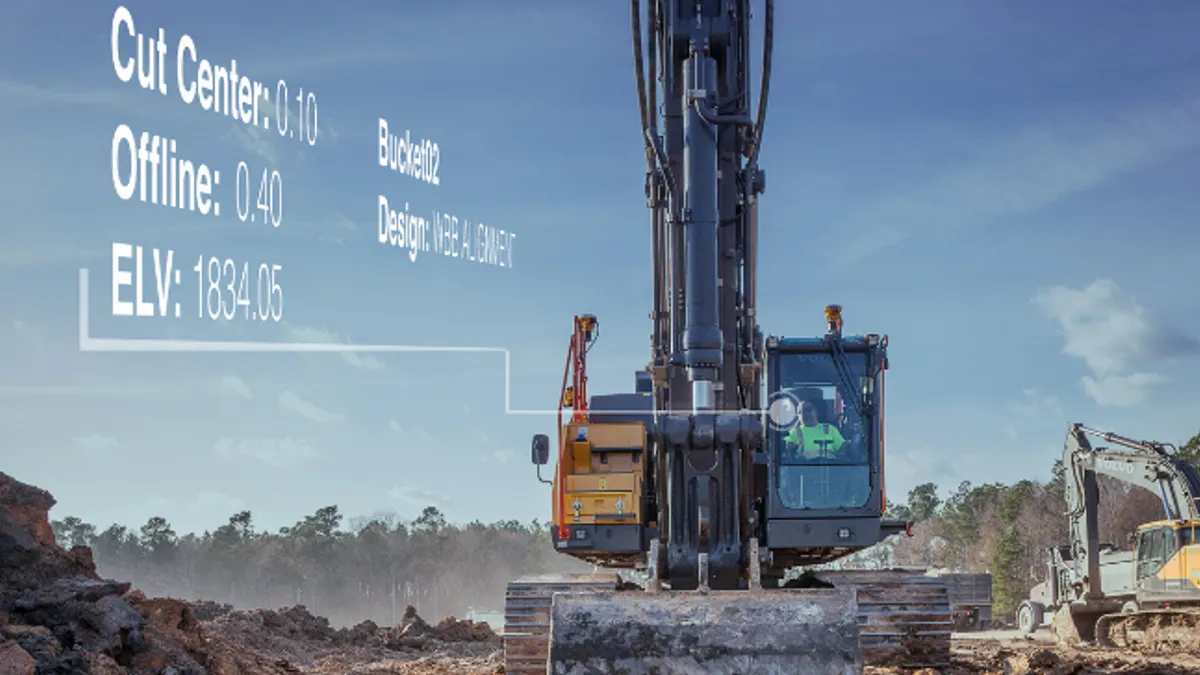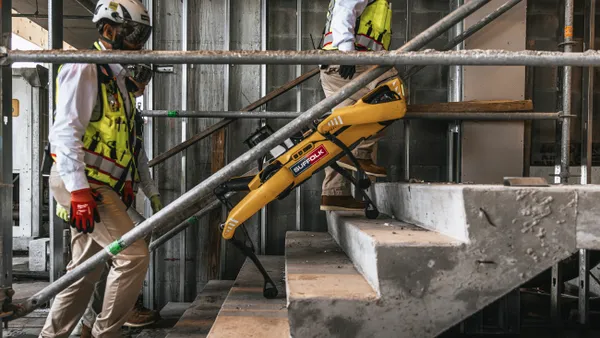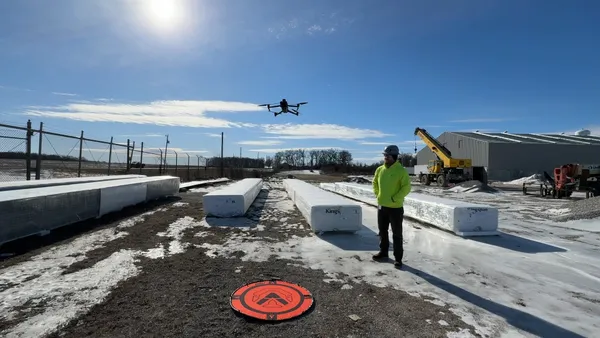Contractors often focus on increasing margins and a number of technology solutions to enhance productivity and efficiency. But a more pragmatic strategy commonly gets ignored — reducing waste.
In fact, the building and construction industry currently accounts for 39% of global carbon emissions — much of it due to waste, according to the World Green Building Council. Rework, a major cause of that waste, is a substantial reason why. Rework costs — including labor, materials, equipment and subcontractors — can run from 2% to 20% of a project's total contract amount. That equates to an estimated total of $15 billion a year, according to the Construction Industry Institute. The institute found the direct cost of rework averaged 2.4% of the total contract value for standard industrial construction projects and 12.4% for civil and heavy industrial projects. Some construction industry executives and consultants call the CII's annual dollar estimates “a drop in the bucket” compared to true rework costs.
Why is waste so rampant?
Although many contractors are now using BIM modeling to streamline production, experts say a large gap exists between the engineered model and practical execution of the plan in the field. Most are familiar with the standard practice of ordering more materials than needed. Concrete contractors, for example, might order extra formwork components just in case. But if those components go unused it wastes both money and space on a busy work site. In earthwork applications both under- and over-cutting by machine operators can add double-digit percentage increases to production costs waste.
If this type of waste is eliminated, it would go a long way toward not only saving significant amounts in wasted materials, time and energy, but also making the industry as a whole more sustainable — and profitable.
“More advanced construction companies are looking at ways to combat waste in construction and are finding ways to grow a healthier business,” said Scott Crozier, vice president of civil construction at Trimble. “But many companies don’t realize they have a big issue.”
A large reason for that misconception is that many companies have no way to measure waste. “If you can’t measure it, then it’s hard to understand how much is being wasted,” Crozier said. “It’s not until they get the tech that they realize how inefficient they were.”
Or how much they could be saving. Just ask the folks at R.B. Jergens Contractors, a heavy civil firm specializing in public works projects, which has been using machine control technology on more than 50 pieces of equipment to reduce waste. “We’ve been able to reallocate resources more effectively and increase our productivity anywhere from 50% to 100%, so we’re leaner and more profitable,” said David Reynolds, the company’s surveying manager.
Here are 3 ways other forward-thinking companies are using technology to reduce waste — and improve margins.
- Contractor M.J. Erickson, which does a variety of infrastructure work, did a side by side comparison between excavators using machine control technology and those using manual methods on new highway construction. Operators were asked to shape the side slope of the road approximately 25 meters wide, meeting a tolerance of +/- 3 centimeters. The results were jaw-dropping. Experienced operators worked 41% faster and increased accuracy 75% with machine control technology. Beginner/intermediate operators were 28% faster and 100% more accurate.
- Wayne Brothers, one of North America’s most technology-savvy commercial concrete contractors, works closely with rebar fabricators, sharing constructible models to reduce waste and drive efficient workflows. On Wayne Brothers’ first project using constructible models, 99% of the rebar was fabricated correctly. Wayne Brothers also reduced waste by quantifying exactly how much concrete was needed by pulling the information straight from the model. Working from 2D drawings, the company commonly has 10% to 15% waste in rebar fabrication, shipping and placement due to human error alone.
- Scott Contracting, a heavy civil construction firm, tested the difference using a material management system and modem vs traditional manual methods for excavating and weighing material. The system uses an excavator scale combined with a sensor installed on the excavator bucket. At the same time, trigger units mounted on the boom and stick pivot point, measure the position of the bucket, boom and stick arm to ensure accuracy. An in-cab monitor receives data from sensors and calculates bucket-by-bucket weight, which is then sent to a laptop via cellular modem. The technology shaved 4 hours per day off the production schedule. The company also avoided overloading fines, which further reduced waste and upped profits. Using the same system on other elements of construction, the company shortened a project from 120 days to 42 days for a cost savings of $500,000 and an Award-of-Excellence for Fast-Track-Construction from the American Concrete Institute.










